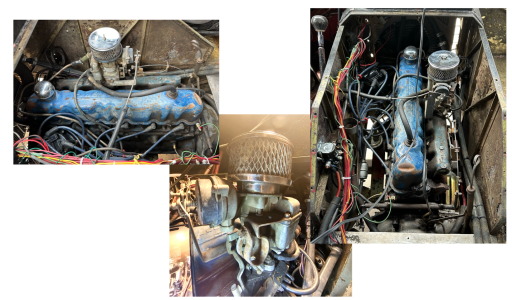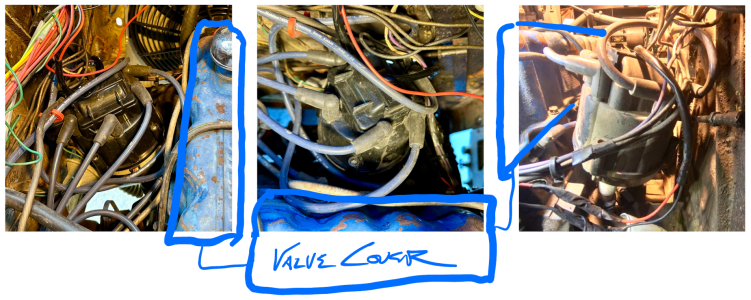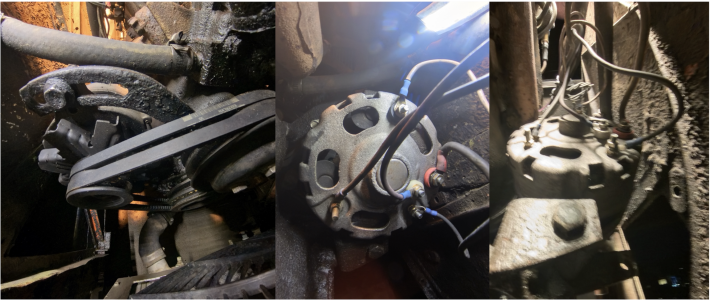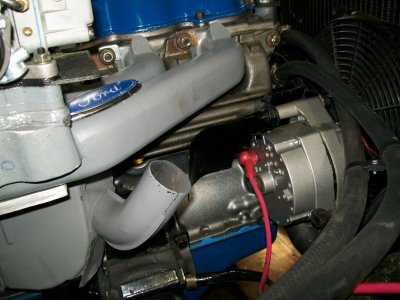CHCzecora
New member
Jumped into Winter last year in the High Uintas with this little lady:
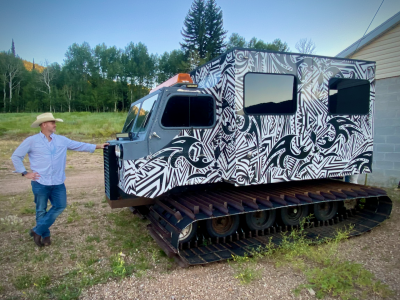
Nothing like adding a tank to the family! She has been gussied up quite a bit by a previous owner, but sadly I think it was more for aesthetics than heart. So I'm here to dig deep and start where it counts.
She is working, but I had to drop in a new starter 7 miles up a canyon in the dead of Winter, and ended up tearing out a ridiculously overbuilt sound system that I'm pretty sure was drawing too much on the electrical system.
PRIMARY GOALS (this year):
So, what am I working with here?
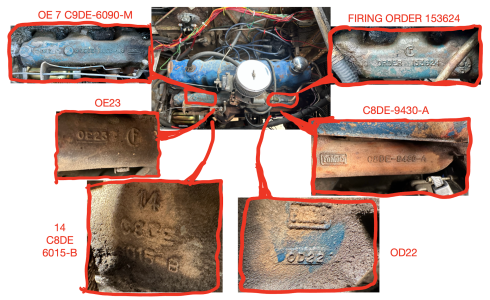
Thanks to @Frank, @TrickSix, @DON, @powerband for the welcome and the recommendation to start my FordSix.com journey here.

Nothing like adding a tank to the family! She has been gussied up quite a bit by a previous owner, but sadly I think it was more for aesthetics than heart. So I'm here to dig deep and start where it counts.
She is working, but I had to drop in a new starter 7 miles up a canyon in the dead of Winter, and ended up tearing out a ridiculously overbuilt sound system that I'm pretty sure was drawing too much on the electrical system.
PRIMARY GOALS (this year):
- Confirm what engine I am working with (pics below)
- Get a much better cold environment engine start (you know, snow is cold)
- Rehaul the electrical system to support the surprising amount of gear that is onboard (alternator upgrade?)
So, what am I working with here?

Thanks to @Frank, @TrickSix, @DON, @powerband for the welcome and the recommendation to start my FordSix.com journey here.


